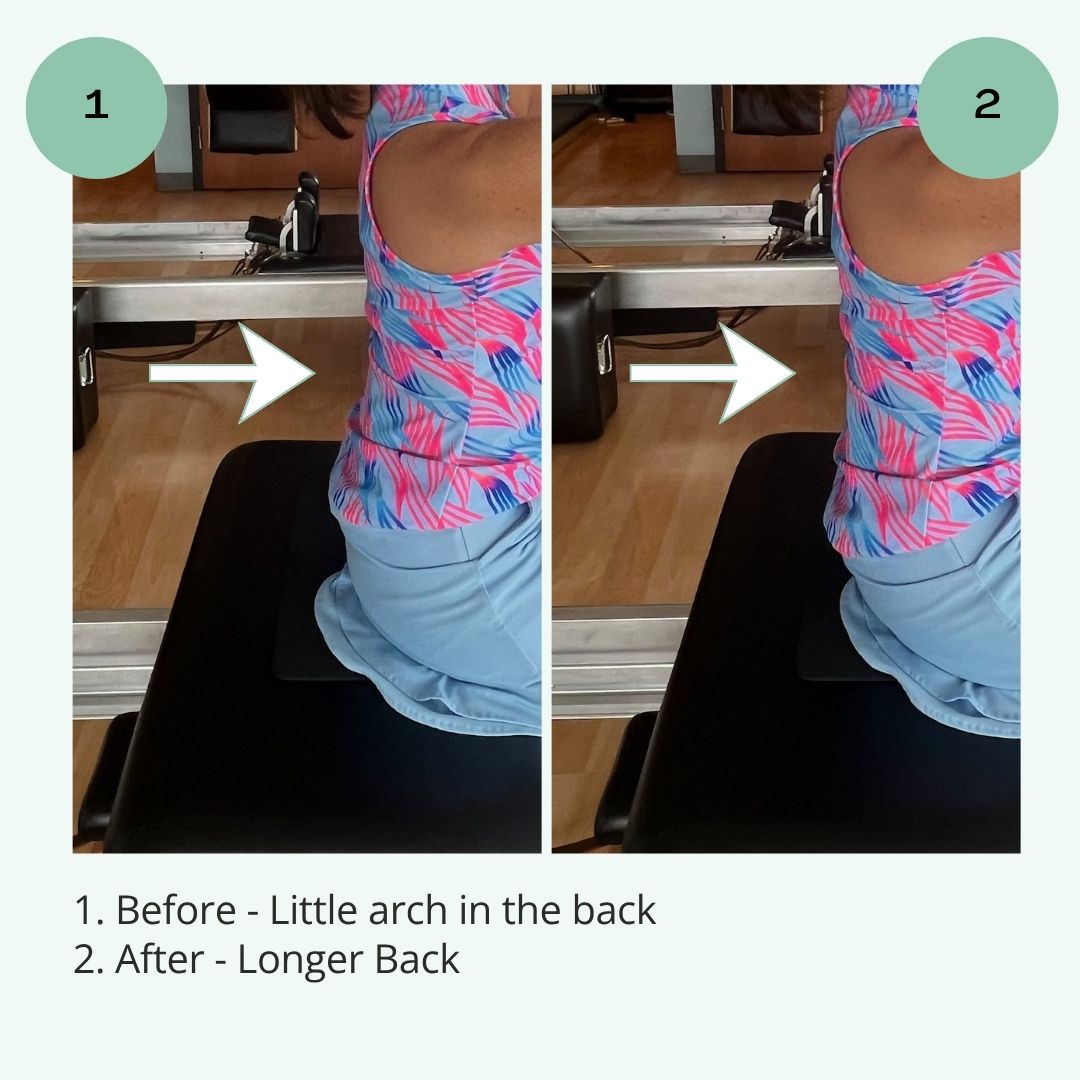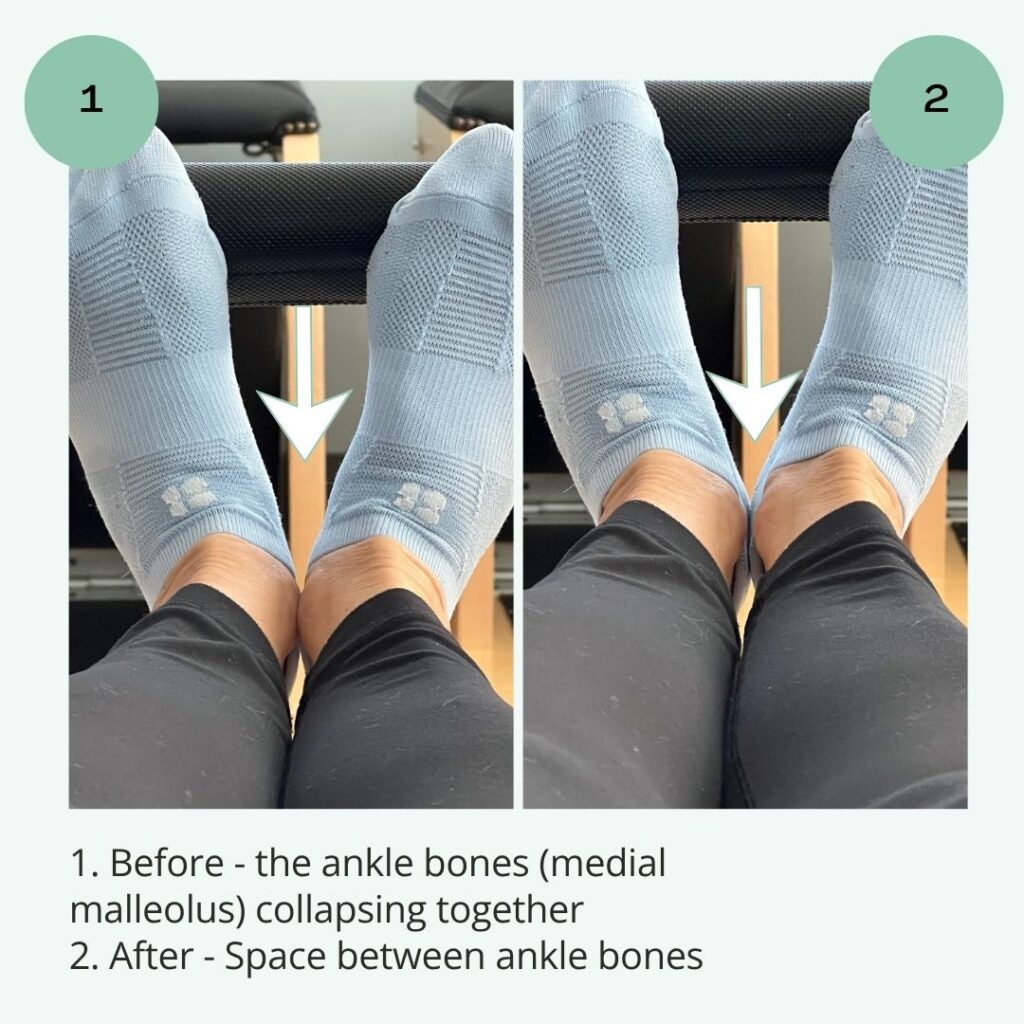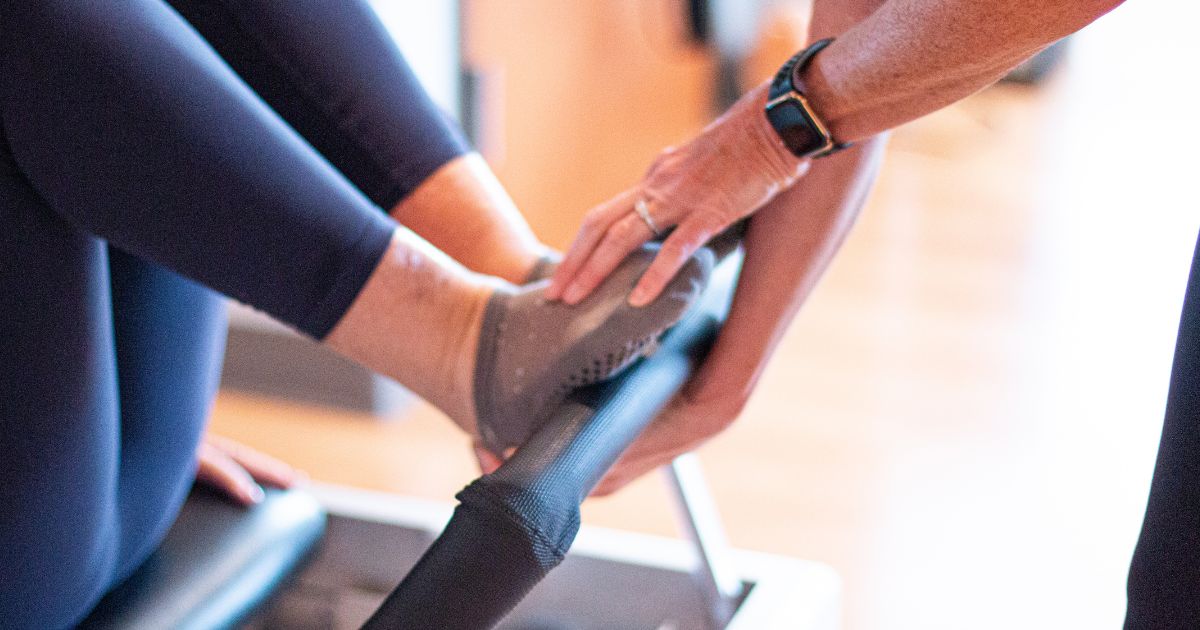In class today, I told my clients, “If you know about it, you can fix it.”
That one simple sentence captures one of the greatest gifts Pilates has given me: awareness.
Pilates isn’t just about doing exercises—it’s about learning to feel your body in space, recognizing subtle imbalances, and knowing how to bring yourself back into alignment. This awareness is called proprioception—your body’s ability to sense its position and movement. When you develop it, you gain a kind of internal GPS that helps you move with strength, grace, and efficiency.
And here’s the magic: once you have awareness, you can carry it into every part of your life. Suddenly, you notice how you’re sitting in your car, standing in line at the grocery store, or climbing the stairs. You start adjusting without even thinking about it—lifting through your spine, softening your shoulders, balancing your weight evenly. That’s when Pilates leaves the studio and becomes part of how you live.

You Can’t Fix What You Don’t Know
One of the most powerful truths about Pilates (and really, about life) is this: you can’t fix something you don’t know about.
At first, you may not even realize your shoulders are uneven, or that your pelvis tilts when you move, or that you’re gripping more with one side of your body than the other. That’s not a failure—it’s simply the starting point. Awareness shines a light on these blind spots. Once you see or feel what’s happening, you can begin to change it.
It’s a process that unfolds over time. And it mirrors something I often share with my clients: the learning circle.
The Learning Circle: From Unaware to Automatic
The learning circle (sometimes called the “four stages of competence”) describes the journey of mastering any skill, and Pilates fits beautifully into it.
- Unconscious Incompetence: You don’t know what you don’t know. At this stage, you may not realize that your hips are uneven in Shoulder Bridge or that your weight shifts more to one leg when you stand.
- Conscious Incompetence: Now you know—but you can’t quite fix it yet. A teacher points out your misalignment, you feel it, and it becomes frustrating because your body doesn’t yet respond the way you want.
- Conscious Competence: Here’s where things start clicking. You feel the imbalance, and you know what to do. It takes concentration and effort, but you’re able to correct it. This is the “If you know about it, you can fix it” stage.
- Unconscious Competence: Finally, with repetition and practice, the correction becomes automatic. You don’t have to think about it—you simply move in alignment. This is where Pilates turns into second nature.

Alignment as a Lifelong Practice
The beauty of Pilates is that it never stops teaching you. Just when you think you’ve mastered an exercise, you discover another layer of refinement. That’s why I remind my clients that awareness is like a superpower.
- It sharpens your ability to notice small details.
- It helps you catch yourself before pain or injury develops.
- It gives you tools to move better, not just in the studio but everywhere.
The truth is, alignment isn’t a “one and done” achievement. Our bodies change daily depending on how we sleep, how stressed we are, or what activities we’ve done. Pilates keeps us tuned in so we can continually adjust, improve, and move with greater ease.
Bringing It All Together
So the next time you catch yourself slouching, leaning to one side, or gripping in your neck during Pilates, don’t get discouraged. Celebrate it! That moment of awareness is the first step to fixing it.
Pilates teaches us that change begins with noticing. Once you feel it, you can fix it. And once you’ve fixed it enough times, you won’t even have to think about it anymore. That’s when alignment becomes part of who you are.
And that—more than flexible hamstrings or a strong core—is the real gift Pilates gives: a lifelong practice of awareness, alignment, and presence.

